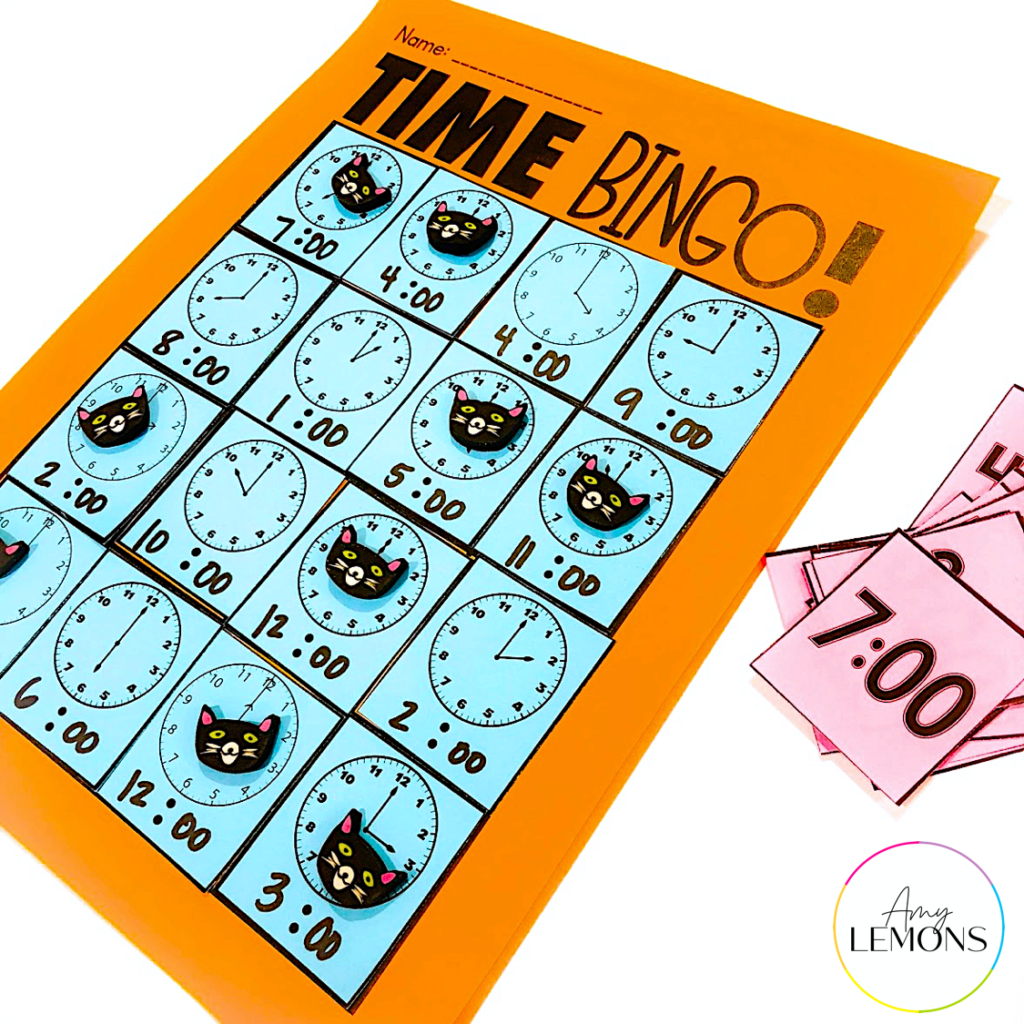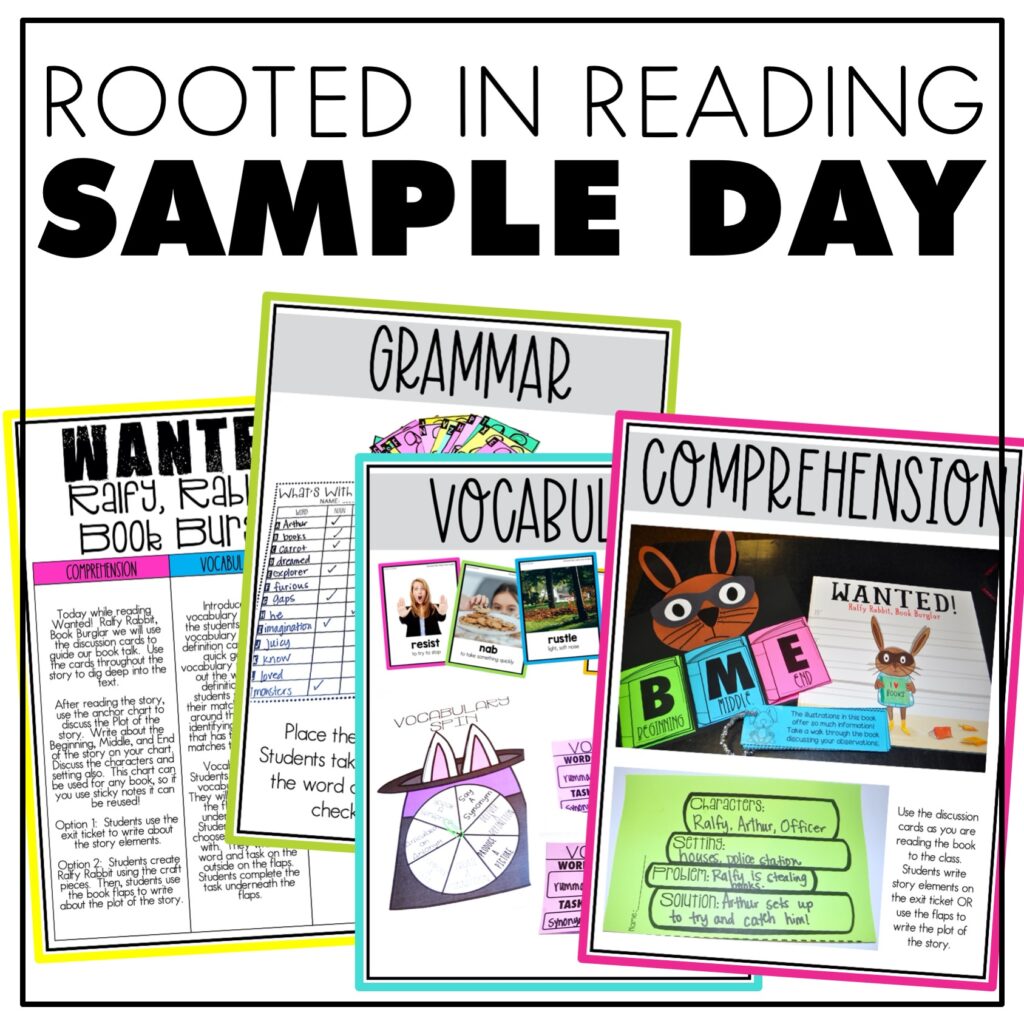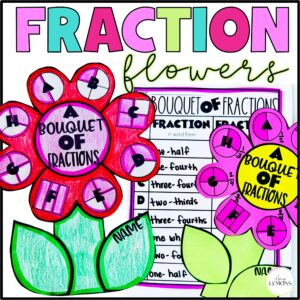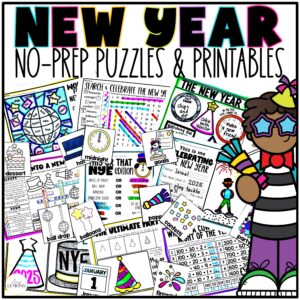

Math games are some of the best activities to bring into your math lesson plans. They are fun, interactive, and hands-on, transforming tedious math practice into stimulating activities, and providing a firm basis for deep learning. Plus, it creates a positive attitude toward the subject!
I mean, that’s a win in my book. Math games can be a classroom asset for learning, requiring students to think critically and use strategy to solve problems. Research indicates that students who engage in educational games focused on problem-solving tend to perform better on standardized tests too!
I say all this to say, it’s a great time to try math games in your classroom and I’ve got one I know you will love. B-I-N-G-O, BINGO! But not your typical game. I’m talking about easy bingo games for the classroom that are made for learning and provide ease of use with an emphasis on problem-solving.
In traditional bingo, you give each person completely different bingo cards so everyone doesn’t win at the same time. As a teacher, it can feel cumbersome to try to have these varying cards for 20-plus students and find a way to involve them actively in math practice.
Instead, there’s an easier way! With this version of classroom BINGO, the teacher passes out the same materials to each student and they create their own bingo cards/boards.
What I love about this strategy, which we will discuss in further detail below, is it gives students ownership over their game. They get to play bingo as an incentive for solving problems, which is a fun way to get students motivated for math practice.
Let’s look at how to play classroom BINGO.
To start, all students get the same bingo materials, which include a bingo board and a page of problems. The teacher keeps the call-out cards.
Students solve the problems and the teacher instructs them to cut apart their equation cards after checking their work. This will make it easier and faster for you!
Then, they mix up their cards and arrange them on their boards. This ensures that each student has their own unique board. Students have the option to glue down their cards or simply place them in a spot to shuffle them around for more rounds.
Next, the teacher calls out the answers to the problems. Students find the correct sum and cover that spot. Use any manipulatives you have on hand to cover the cards.
Continue playing until students get 4 in a row and call out BINGO!
This concept is truly that simple, and there are numerous ways to engage students and enhance their understanding of math using BINGO. Here are a few more ideas.

You can use BINGO for students to practice telling time! In this game, provide students with a page of clocks showing a specific time. Students then decipher and write down the time shown on each clock and place the time cards around their board.
The teacher calls out the time and students cover the correct time until they get 4 in a row!

Admittedly, shape practice can get a little mundane. A shape is a shape is a shape. But when you turn it into a game of bingo, you will capture student interest and make identifying 2D shapes a better overall experience.
When playing this game with shapes, you will SHOW the cards to the students. This is because the goal is to ensure students can identify the shapes. So, students will do the opposite of what the call-out card is so that they can match the shapes to their names or names to the shape.
For example, if the card has a shape name on it, show the shape name to the students. The students will find that actual SHAPE (not the word that matches) to cover.
If the card has a shape, show the shape to the students. They will cover the shape’s name that matches the shape you showed.
Since this is different from your typical game of bingo, you may want to do this once as a class and then play a few times once they get the hang of it!
Learning fractions is tough. A game of Fraction BINGO may make it easier! In this game, students have cards with shaded parts representing a certain fraction. Students must write the fraction of the shaded portion shown, or they can identify the unit.
As in the other math games, the teacher calls out the fraction and students cover the correct answers until they reach 4 in a row.
Looking for more than just BINGO? Check out a list of some of my favorite no-prep math games!

Hey, y’all! My name is Amy Lemons and I am passionate about providing students with both engaging and effective standards-based Math and ELA lessons.

Sample a day of Rooted in Reading with these lesson plans and activities for Reading Comprehension, Vocabulary, and Grammar!


